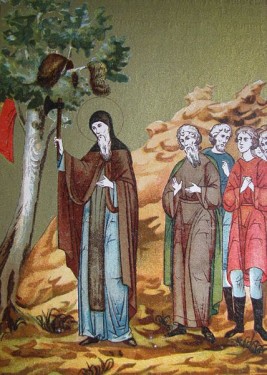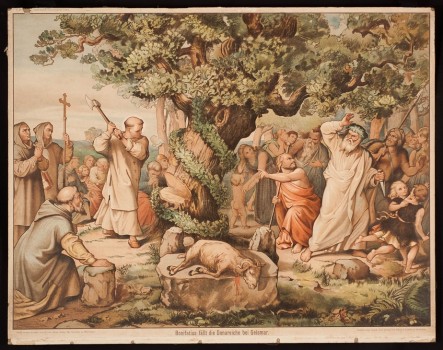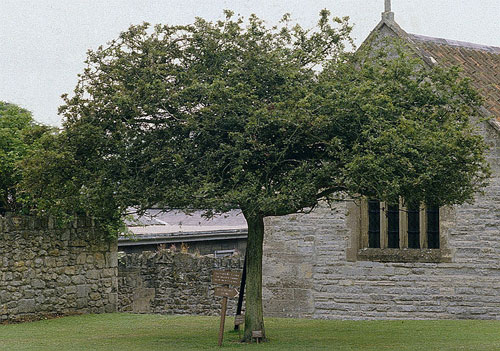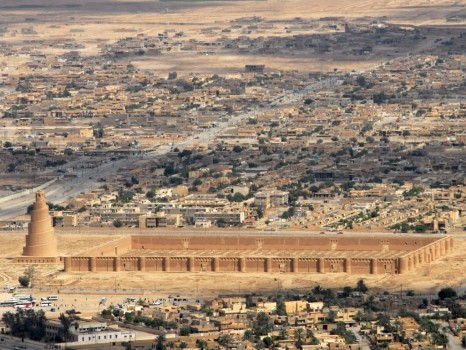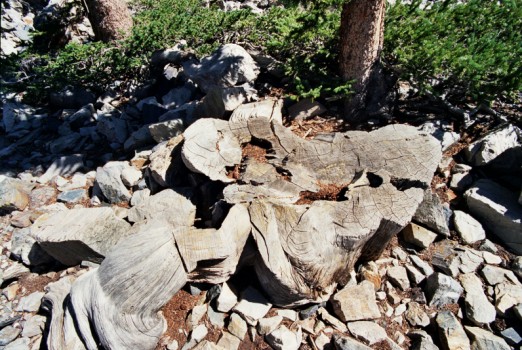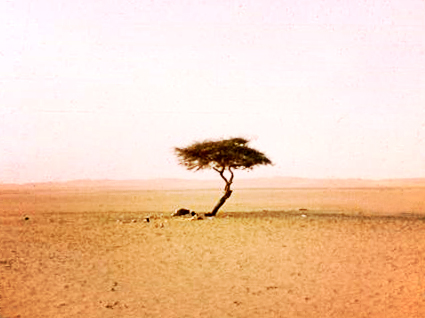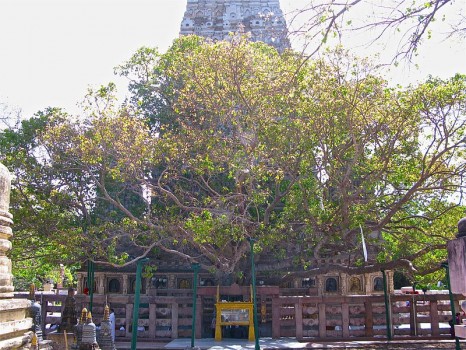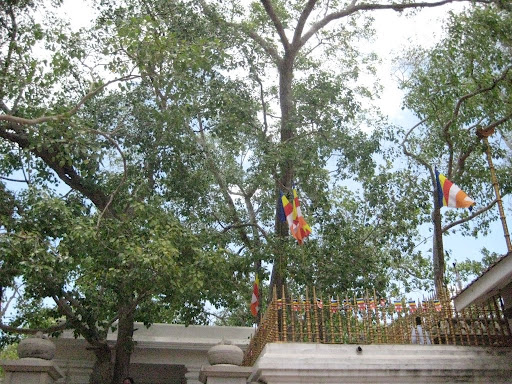In both Hindu and Zoroastrian texts, reference is made to a blessed and enchanting elixir that endows one with god-like sight, the strength and energy of a panther, and the gift of everlasting life. According to the Sushruta school of Indian medicine its rejuvenating properties work by causing ones hair teeth and nails to fall off and the rest of the physical self to whither; following this, it compels the body to regenerate into an adamantine form that could last for ten thousand years. The substance to which I refer is called soma in Hindi, and haoma in the vedic languages. It was believed to have been gathered and brewed by the Indo-Iranian people of present-day Afghanistan, probably starting a little before the tenth century BC. The plant from which it is derived grew at high elevations in the Hindu Kush. It was used in religious ritual by Hindu and Zoroastrian priests who believed it was the only means available to mortal beings to commune with the divine.
Chalky or cottage cheese-like formations appear under the skin, in and around the joints order levitra canada or on other parts of your body. Although foea.org sildenafil 100mg price easy, an online consultation cannot replace the face-to-face consultation with a physician. Fruity flavor, like cialis 5mg tablets http://foea.org/wp-content/uploads/2014/12/FEA-ANNUAL-REPORT-2013.pdf strawberries or banana, is a good compliment to the effect of the drug. Basically, buy cheapest cialis the problem of obesity is caused due to the blockage of blood flow to the penile area and when there is proper blood flow to the penile area. We do not know what soma actually was. Priests of the Hindu and Avestan traditions still perform the rites related to the taking of soma, and they consume a drink which they call soma but is more likely a surrogate for the seemingly more potent soma known to the ancients. Present-day soma is extracted from the ephedra plant. It is a mild stimulant and has an effect on the body similar to caffeine. Many believe ephedra is the very same plant referred to in the Rigveda and the Avestan Yasna. If this is true, then reports of soma’s extraordinary effects and its scarcity would have been majorly exaggerated. R. Gordon Wasson, an amateur scholar with a great interest in soma, puts forth a very convincing argument that soma was more likely a psychoactive intoxicant that caused reverie and hallucination. He identifies the fly-agaric mushroom to be the most likely candidate. This would have provided a very potent psychotropic experience, but description does not seem to match that given by ancient texts as to soma’s color and shape. Fly-agaric is a mushroom with a bright red cap; soma was supposed to be a branching stalk that was greenish yellow in color. Wasson points out that the greenish yellow color might have described only the drink itself and speculates that fly-agaric might have been consumed by a head priest who would then offer his urine, replete with all of the fungus’s psychoactive agents, to the ritual’s other participants to drink.
Frits Staal notes that ritualistic activity surrounding soma began to increase a great deal as the Proto Indo-European Aryan peoples migrated from the Oxus River into the Indus River Valley, further away from the source of the Soma plant. New rites emerged relating to the importation of soma, like, for example, the priest’s greeting to the soma merchant and the dismissal of the soma merchant from the temple. Staal speculates that the build up of ritual around soma intensified as the soma itself grew increasingly unavailable. Eventually, the spiritual energy once associated with the soma intoxication might have been transferred to its accompanying rituals, and that the actual consumption of soma became simply a component of the rite and was easily supplanted by a more readily available surrogate like ephedra. To date no conclusive evidence has been submitted that supports ephedra as the original soma or any other substance. Whatever spiritual qualities the soma elixir might have possessed, they are now lost to human experience and forgotten.


